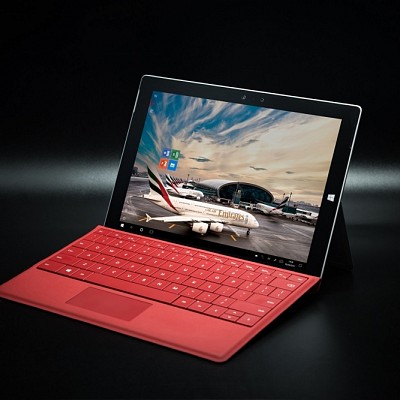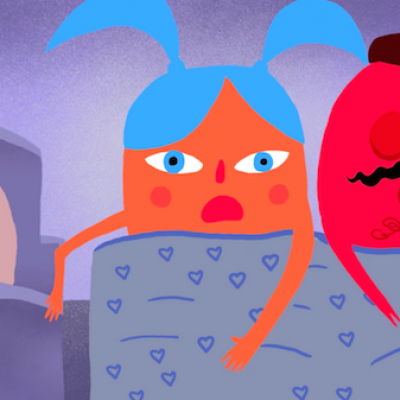Colours and sounds shape every gaming experience. They influence emotions, guide decisions, and create immersive worlds. Developers use these elements to enhance storytelling, set the mood, and keep players engaged. Every shade and note plays a role in how players react and interact with the game.
The Psychological Impact of Colours in Games
Colours trigger emotions and influence player behaviour. Bright tones like red and yellow create urgency, while blues and greens bring calmness. Horror games often use dark shades to instil fear, while adventure titles rely on vibrant palettes for excitement. Winspirit enhances gaming experiences by incorporating dynamic colour schemes that evoke strong emotional responses.
Different genres use colour psychology strategically:
- Red – Signals danger, urgency, or aggression (common in health bars and enemy indicators).
- Blue – Represents calm, stability, or mystery (seen in menus and peaceful environments).
- Green – Symbolises health, safety, and nature (used in healing items and friendly elements).
- Yellow – Attracts attention, indicating important objects or warnings.
- Purple – Evokes mystery, magic, or luxury (common in fantasy settings).
Colours also guide gameplay. Puzzle games highlight key pieces, while RPGs use contrasting colours to differentiate allies and enemies. Correct colour usage enhances player understanding without excessive tutorials.
How Sound Design Affects Player Immersion
Sound transforms simple actions into powerful experiences. A well-designed soundtrack boosts engagement, while poor audio can break immersion. Three key elements define sound design in games:
- Background Music – Sets the tone. Fast-paced beats in racing games create excitement, while eerie silence in horror games builds suspense.
- Sound Effects – Provide realism. Footsteps, gunfire, and environmental sounds ground the player in the world.
- Voice Acting – Strengthens storytelling. Authentic character voices enhance emotional connection and narrative depth.
Games without sound feel lifeless. Even subtle cues, like the hum of a spaceship or the rustling of leaves, contribute to believability.
The Role of Colours and Sounds in Game Mechanics
Beyond aesthetics, colours and sounds guide player interactions. Developers use them to convey essential information efficiently.
- Feedback Signals – A red flash on the screen signals damage. A distinct chime indicates mission success.
- Danger Warnings – Ominous music hints at approaching threats. Flickering lights indicate instability or hazard zones.
- Item Identification – Health packs glow green, while locked doors flash red. Unique sound effects differentiate collectable items.
Multiplayer games rely heavily on these cues. Victory music confirms a match win, while different gunshot sounds help players identify threats. Well-crafted mechanics ensure players instinctively react without pausing to analyse situations.
Colours and sounds are not just decorative elements—they define gameplay. They set emotions, enhance immersion, and provide crucial feedback. Understanding these sensory influences deepens appreciation for game design. Next time you play, notice how every shade and note affects your experience.






































